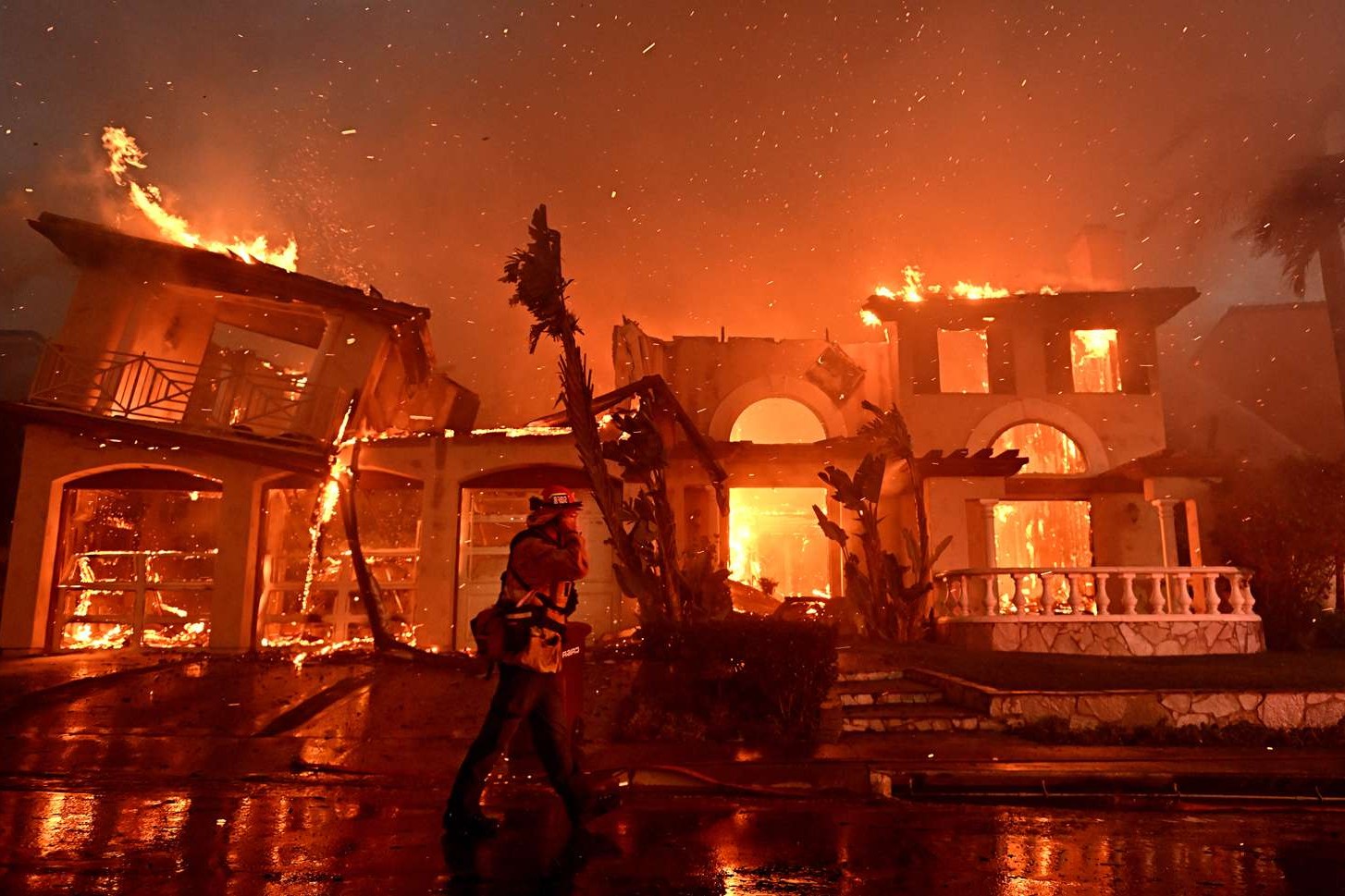
What caused the Laguna Beach Fire? The Laguna Beach Fire of 1993 was a devastating event that left a lasting impact on the community. Sparked by downed power lines during a fierce Santa Ana windstorm, the fire quickly spread through the dry brush and vegetation. The intense winds, combined with the rugged terrain, made it extremely difficult for firefighters to contain the blaze. In just a few hours, the fire consumed over 14,000 acres, destroyed hundreds of homes, and forced thousands of residents to evacuate. This tragic event serves as a stark reminder of the power of nature and the importance of fire safety and preparedness.
The Laguna Beach Fire: A Historical Overview
The Laguna Beach Fire of 1993 remains one of the most devastating wildfires in California's history. This catastrophic event reshaped the landscape and left an indelible mark on the community. Here are some compelling facts about this tragic event.
-
The fire started on October 27, 1993, and lasted for several days, causing widespread destruction.
-
It burned approximately 14,000 acres of land, including residential areas and natural habitats.
-
Over 400 homes were destroyed, displacing many families and causing significant financial loss.
-
The fire was fueled by strong Santa Ana winds, which can reach speeds of up to 70 miles per hour.
-
Laguna Beach's unique topography, with its steep hills and canyons, made firefighting efforts particularly challenging.
Impact on the Community
The fire had a profound impact on the residents of Laguna Beach, both emotionally and economically. Here are some facts about how the community was affected.
-
More than 16,000 residents were evacuated from their homes during the fire.
-
The total estimated cost of the damage was around $528 million.
-
Many local businesses were also affected, leading to a temporary economic downturn in the area.
-
The fire prompted the community to come together, with many residents volunteering to help those who lost their homes.
-
Local schools and community centers served as evacuation shelters, providing a safe haven for displaced residents.
Environmental Consequences
Wildfires have a significant impact on the environment, and the Laguna Beach Fire was no exception. Here are some facts about the environmental consequences of the fire.
-
The fire destroyed large areas of native vegetation, including chaparral and coastal sage scrub.
-
Wildlife habitats were severely affected, displacing many animals and disrupting local ecosystems.
-
The fire increased the risk of soil erosion, which can lead to landslides and other geological hazards.
-
Air quality in the region was significantly impacted, with smoke and ash affecting both residents and wildlife.
-
The fire also led to increased awareness about the importance of fire-resistant landscaping and building materials.
Firefighting Efforts
Fighting a wildfire of this magnitude requires a coordinated effort from multiple agencies. Here are some facts about the firefighting efforts during the Laguna Beach Fire.
-
Over 2,000 firefighters from various agencies were involved in battling the blaze.
-
Helicopters and air tankers were used to drop water and fire retardant on the flames.
-
Firefighters faced extreme conditions, including high temperatures and strong winds, which made their job even more difficult.
-
Mutual aid agreements allowed for additional resources to be brought in from neighboring counties and states.
-
Despite their best efforts, the fire continued to spread rapidly due to the challenging conditions.
Lessons Learned and Changes Implemented
The Laguna Beach Fire served as a wake-up call for the community and local authorities. Here are some facts about the lessons learned and changes implemented after the fire.
-
The fire led to the development of more comprehensive emergency preparedness plans for the community.
-
Building codes were updated to require fire-resistant materials for new constructions.
-
Vegetation management programs were implemented to reduce the risk of future wildfires.
-
Public awareness campaigns were launched to educate residents about fire safety and prevention.
-
The fire also highlighted the importance of having an evacuation plan and being prepared for emergencies.
Reflecting on the Laguna Beach Fire
The Laguna Beach Fire of 1993 left a lasting mark on the community. It destroyed over 400 homes, caused millions in damages, and reshaped the landscape. The fire's rapid spread was fueled by strong Santa Ana winds, making it one of the most devastating fires in California's history.
Despite the destruction, the community's resilience shone through. People came together to rebuild, support each other, and learn from the tragedy. Fire safety measures improved, and awareness about wildfire risks increased.
Understanding the facts about this event helps us appreciate the strength and unity of Laguna Beach residents. It also serves as a reminder of the importance of preparedness and community support in the face of natural disasters.
The Laguna Beach Fire is a powerful example of how communities can rise from the ashes, stronger and more united than before.
Was this page helpful?
Our commitment to delivering trustworthy and engaging content is at the heart of what we do. Each fact on our site is contributed by real users like you, bringing a wealth of diverse insights and information. To ensure the highest standards of accuracy and reliability, our dedicated editors meticulously review each submission. This process guarantees that the facts we share are not only fascinating but also credible. Trust in our commitment to quality and authenticity as you explore and learn with us.
